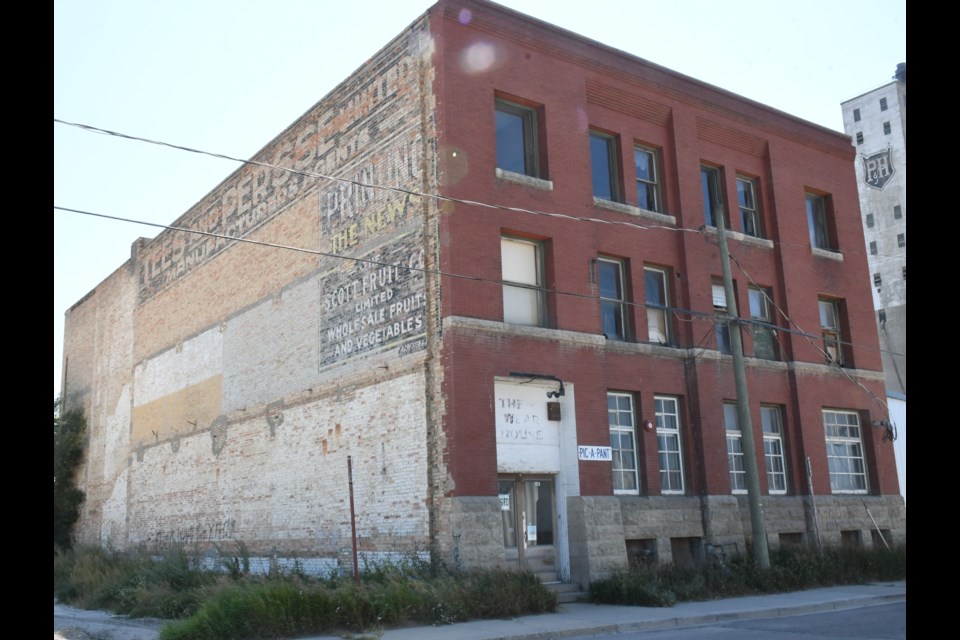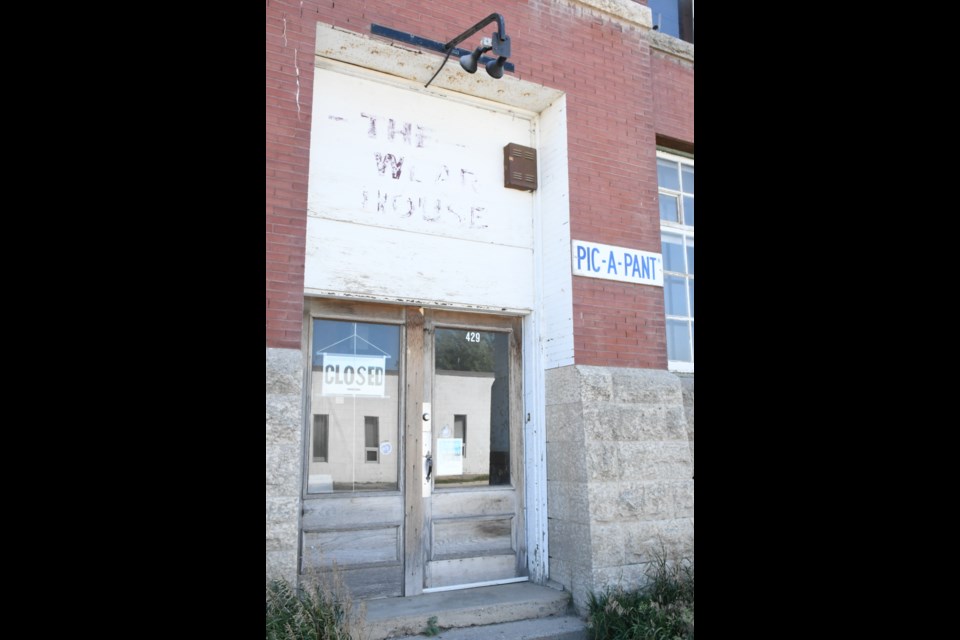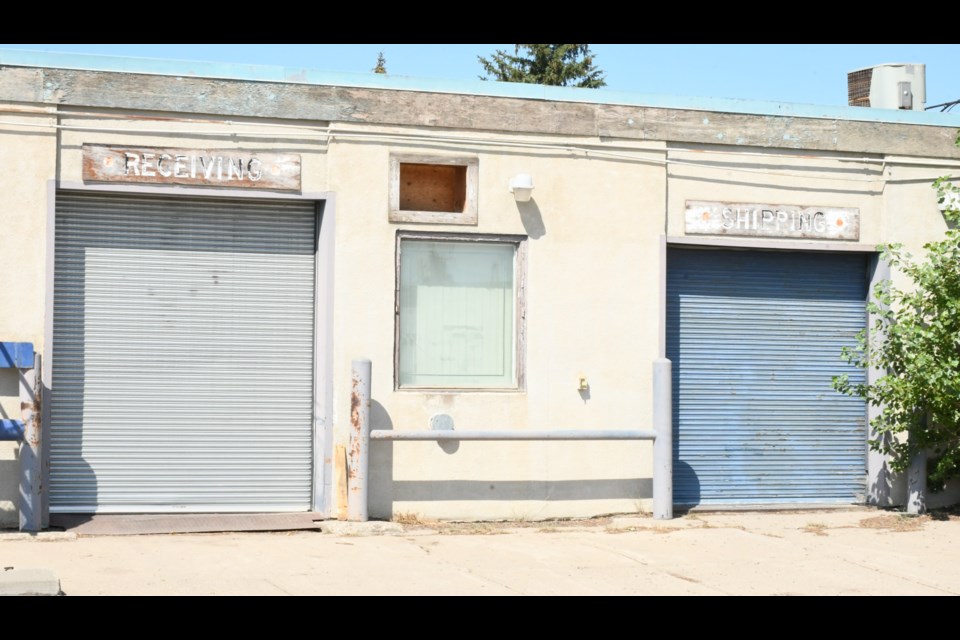MOOSE JAW - Former businessman Murray King has fond memories of working at the “iconic” clothing distribution company CanaDay’s Apparel Ltd., but he won’t be sad when the buildings and equipment are auctioned off.
“I’ll be so happy just because it’s been (an economic) burden the last seven years (after it closed in 2017). I’ll (also) be happy to get something for the machinery and the lots and the buildings,” said King, a former merchandising agent, noting he and his brother James, a former sales agent and co-manager, continued to pay property taxes and utilities after the closure.
King, 84, began working at the plant at age 18, and remained there for 59 years — almost the company’s entire history.
“We tried to sell the property many times, but nobody wanted it. No, it’s just to be. It’s the nature of the business,” he continued. “It’s a costly business when you have to bring in (supplies and fabrics) from the U.S. It’s not cheap anymore.
“(However), I enjoyed it when I was working there.”
Besides the costs of supplies, the brothers also closed their business because their minimum wages were “too high” compared to manufacturing plants in countries like Bangladesh and China, which could make clothing much cheaper, said King.
The company sold its products — mainly men’s pants — across Canada to well-known businesses, such as Hudson Bay, Woodward’s and Mark’s Work Warehouse. It also sold its clothing to thousands of Canadian small towns.
“We had a good operation going, for sure,” added King.
CanaDay’s Apparel Ltd. began operating in Moose Jaw in 1954, after Day’s Tailor’d Clothing Inc. from Tacoma, Wash., decided to start servicing the entire Canadian market.
Mayor Louis (Scoop) Lewry and Premier Tommy Douglas convinced the American company to move here, while the organization realized that Moose Jaw’s central location and its transportation hub made it an ideal spot. Moreover, there was the available labour pool that could be trained as cutters, spreaders, bundlers, sewers, pressers, inspectors, pickers and shippers.
At the height of CanaDay’s Apparel’s operations, it employed more than 300 people.
Day’s began constructing a plant in September 1953, with the first pair of its Suntan Kings pants rolling off the assembly line a year later. CanaDay’s products quickly became the “best in the West by test.”
CanaDay’s also produced other brands, such as Don Parker, River Street, Outbacks Canada, Drifter, Thunder Creek, Laurie Artiss and Son of a Beach.
Burnaby, British Columbia-based DirectAuctions.ca is auctioning off everything inside the clothing company’s plant at 115 Coronation Drive and its warehouse — the Pic-a-Pant outlet — at 429 River Street West on Thursday, Aug. 22, along with the buildings and the lots.
There are 916 items up for auction, ranging from sewing machines to pressure rollers to industrial washers to chairs to vintage exit signs.
Click here for more information.
Meryll Dreyer, the Chief Operating Officer (COO) for Direct Liquidations, which oversees DirectAuctions.ca, said CanaDay’s has an “iconic story” because of its 63-year history and its “iconic warehouse.”
“It is like a time capsule,” she added.
Reality TV personality Jeff (The Liquidator) Schwarz explained that one of King’s daughters asked if he and Direct Liquidations could auction off the family’s business. He and Dreyer visited Moose Jaw and thought the items in the warehouse were “pretty wild.”
“To see somebody in Moose Jaw with over 300 employees, it’s quite substantial. I don’t think there are many (companies) other than a university or hospital that would have this many people,” Schwarz said
The King brothers weathered many storms in the industry, while they should be commended for keeping the “iconic” and historic plant running for as long as they did, he continued.
Similar to the oil and gas industry, clothing equipment rarely changes, so Schwarz knows other manufacturers can likely use those items in their operations. He also noted that the washing and drying equipment could easily handle all of Moose Jaw’s clothing.
If this property were in downtown Vancouver, it would sell for $40 million, while the heritage building would go for $100 million, Schwarz said. Meanwhile, if his TV show were still running, it would require two full seasons to tell the stories of every item.
“To see this, especially in the condition it is, it’s like a time warp … ,” he added. “This was a very significant part of Moose Jaw for many years.”







